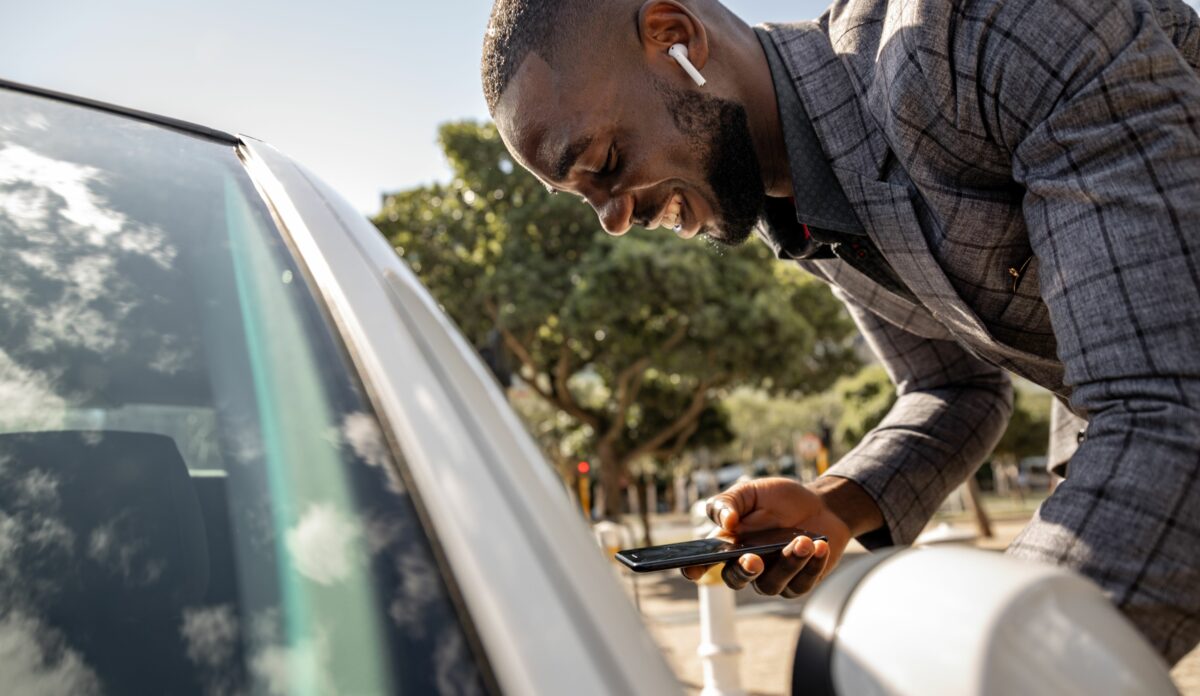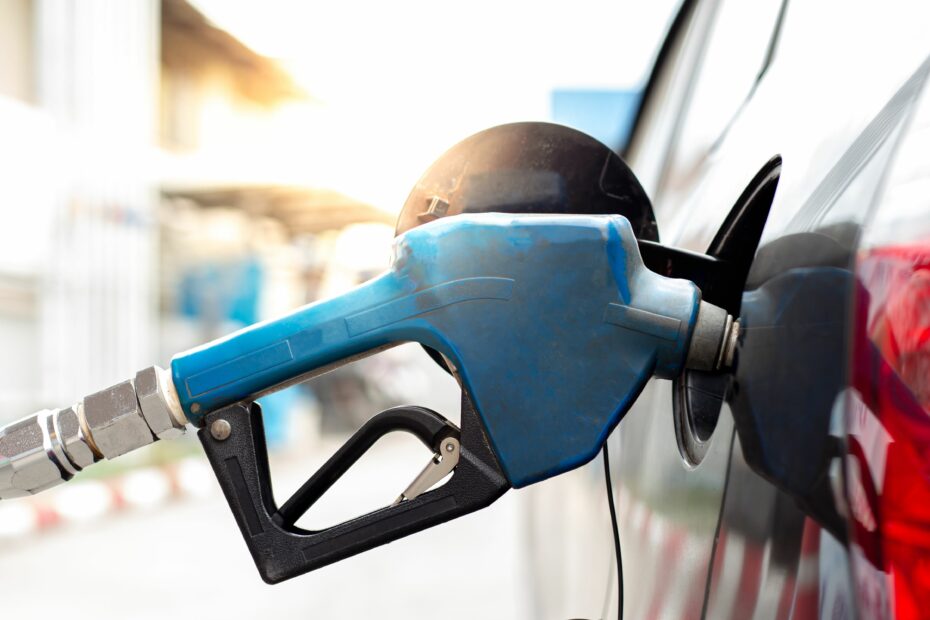Fuel expenses often seem like a black hole in our monthly budgets, relentlessly consuming cash with every mile. However, driving doesn’t have to be synonymous with high fuel costs. This guide presents practical steps to reduce your car’s fuel consumption, save money, and contribute positively toward environmental preservation. Buckle up and join us towards a more cost-effective and eco-friendly driving experience.
Tips for Cutting Fuel Costs
In the pursuit of cost-effective and eco-friendly driving, here are tips to help you navigate the rising fuel costs:
Driving Habits

Tip 1: Drive at a Steady Speed
Avoid excessive acceleration and braking, as this can increase fuel consumption by up to 40%. Instead, try to maintain a steady speed while driving on highways or in heavy traffic. Using cruise control can also help you maintain a consistent speed and improve your car’s fuel efficiency.
Tip 2: Avoid Idling
Idling your car for long periods of time can waste fuel and emit harmful pollutants. If you’re waiting for someone or stuck in traffic, turn off your engine to save gas and reduce emissions.
Tip 3: Use Cruise Control on Highways
Using cruise control on the highway can help maintain a consistent speed and reduce unnecessary acceleration, ultimately saving gas and promoting fuel efficiency. You can optimize your driving experience and enjoy a smoother ride by automatically adjusting your vehicle’s speed. However, it is important to note that cruise control should only be used in dry weather conditions to ensure optimal safety and control.
Vehicle Choice

Tip 4: Invest in a Fuel-Efficient Vehicle
When it’s time to purchase a new car, consider investing in a fuel-efficient vehicle. These cars typically have higher upfront costs, but the long-term savings on gas can make up for it. Plus, you’ll be helping the environment by reducing emissions.
Tip 5: Remove Excess Weight from Your Car
Carrying unnecessary items in your car can add extra weight and reduce fuel efficiency. Regularly clean your trunk and remove any heavy items you don’t need for your daily commute.
Tip 6: Use the Right Type of Fuel
Using premium gasoline when your car only requires regular can waste money and provide no additional benefits. Check your owner’s manual to see the recommended fuel type for your specific car model. Using the recommended fuel, you can ensure optimal performance, efficiency, and longevity for your vehicle. Read Also: 9 African countries you can visit on a tight budget
Tip 7: Keep Up with Regular Maintenance
Keeping up with regular maintenance, such as oil changes and tire rotations, can help improve your car’s fuel efficiency and prolong its lifespan. Neglecting maintenance can lead to more serious issues down the road that not only affect fuel efficiency but also safety.
Tip 8: Skip the roof rack and carrier
Adding a roof rack or carrier to your car may seem like a convenient way to transport extra items, but it can decrease fuel efficiency. The added weight and wind resistance can cause your car to use more gas than necessary. If you don’t need it, skip the roof rack and save on gas.
Tip 9: Screw the gas cap on tightly
Believe it or not, having a loose or missing gas cap can decrease your car’s fuel efficiency. It allows gas to evaporate from the tank, wasting money and contributing to air pollution. Make sure to screw on your gas cap tightly after every fill-up.
Tip 10: Downsize your car
Consider downsizing your vehicle to a more fuel-efficient one if you often drive alone or don’t require a large car. Smaller cars tend to have better gas mileage and are cheaper to maintain. This can save you money on gas and maintenance costs in the long run. Plus, driving a smaller car also means less carbon emissions, which is better for the environment.
Tip 11: Keep Your Tires Properly Inflated
Under-inflated tires can increase fuel consumption by up to 3%, while over-inflated tires can decrease tire life and cause unsafe handling. Make sure to check your tire pressure regularly, especially before long trips.
Fuel Purchase
Tip 12: Pick a great rewards program or credit card
Consider joining a rewards program or utilizing a credit card that offers enticing cash back or substantial discounts, specifically on gas purchases. Taking advantage of such opportunities can reduce your overall fuel costs and save significant money in the long run.
When you sign up for a rewards program or use a credit card to buy gas, just remember these few things:
- Annual fee: Watch out for credit cards with annual fees that could eat into your savings. However, if the card offers robust savings in other areas, it might still be worth it.
- Reward caps: Some cards limit gas savings per quarter or year. Assess your spending and see if it falls within the card’s rewards cap.
- Redemption value: Understand the value of each reward point. While many are worth a penny, some maybe even less.
- Pump or gas station: Check if the rewards apply to all purchases at a filling station or only to pay-at-the-pump transactions.
- Membership requirements: Consider any membership costs or potential hassles associated with joining the program.
Tip 13: Fill up during off-peak hours
Gas tends to be cheaper during off-peak hours, typically nights and weekends. Take advantage of this by filling up your car during these times to save on gas costs. You can also avoid long lines and traffic congestion during peak hours. Read Also: 9 tips for investing in Africa
Tip 14: Use cash or fuel discount cards
Using a credit card for gas purchases may seem convenient, but many credit cards charge higher fees or interest rates for gasoline purchases. Consider using cash or a fuel discount card to save money at the pump. These cards offer discounts on gas prices and can help you save even more on fuel expenses.
Tip 15: Use Apps to Find Cheap Gas Prices
There are many apps available that can help you find the cheapest gas prices in your area. This can save you gas money and reduce your carbon footprint by encouraging you to fill up at stations with more affordable prices.
Alternative Transportation

Tip 16: Plan Your Trips Efficiently
Combining multiple errands into a single trip saves valuable time and helps you save money on gas expenses. Instead of making separate trips for each task, take a moment to plan out your route strategically, considering the most efficient way to minimize the distance traveled. Doing so lets you optimize your errand-running experience and make the most of your time and resources.
Tip 17: Consider Carpooling or Using Public Transportation
If possible, consider carpooling with friends or colleagues to reduce the number of cars on the road and save on gas. You can also use public transportation for your daily commute, saving money on gas and reducing your carbon footprint.
Tip 18: Carpool or use ride-sharing services
Carpooling with friends, family, or coworkers can significantly reduce your fuel expenses by splitting the cost of gas. You can also consider using ride-sharing services like Uber or Lyft for longer trips or when in a rush. These options save you money on gas, help reduce carbon emissions, and alleviate traffic congestion.
Tip 19: Telecommute
If your job allows it, consider telecommuting or working from home a few days a week. This will save you gas money and reduce your vehicle’s wear and tear. Plus, you’ll have the added bonus of avoiding rush hour traffic and spending more time with family or on hobbies. It’s a win-win situation for both your wallet and overall well-being.
Additional Tips
Tip 20: Use air conditioning sparingly
Using air conditioning in your car can significantly decrease fuel efficiency. Instead, try rolling down the windows or using the fan setting to cool off. If you need to use the AC, try not to keep it on for extended periods and turn it off once your car is cooled down. This will help save gas and reduce emissions from your vehicle.
Tip 21: Consider alternative fuel options
Hybrid, electric, and fuel cell vehicles offer a compelling solution to reduce fuel costs. By combining the power of electricity and innovative technology, these vehicles are designed to maximize fuel efficiency, resulting in substantial savings at the pump. Whether navigating city streets or embarking on long journeys, these eco-friendly vehicles provide a sustainable, cost-effective transportation option for a greener future.
Tip 22: Plan your routes
Efficient route planning can save you both time and money when driving. Avoiding heavy traffic or taking shorter routes can reduce fuel consumption, ultimately saving you money in the long run. Take advantage of apps that offer real-time traffic updates or plan out your day’s errands in an organized manner to optimize your driving routes.
Tip 23: Track your fuel consumption
Keeping track of your fuel consumption can help you identify any changes in your driving habits or vehicle performance. This can also help you spot any potential issues with your car that may be impacting fuel efficiency. Regularly monitoring and maintaining your vehicle can ensure it runs optimally and save money on gas costs.



